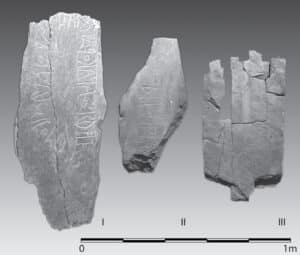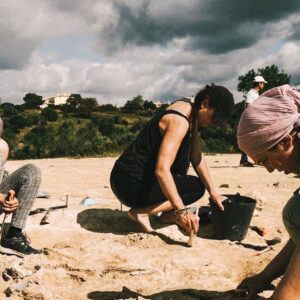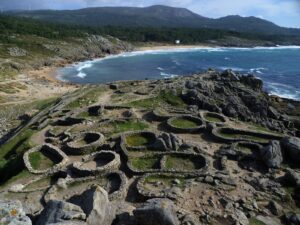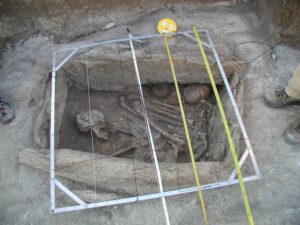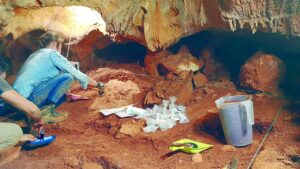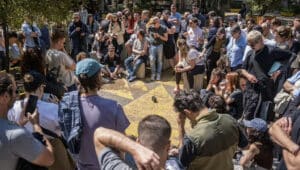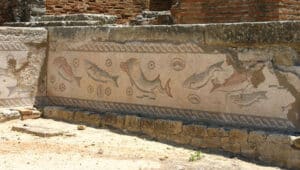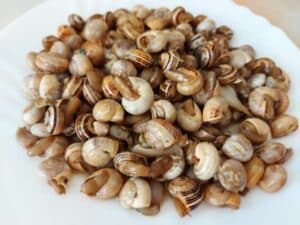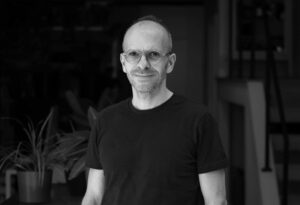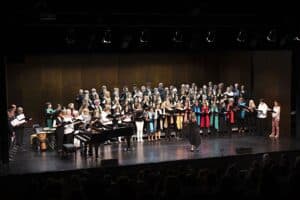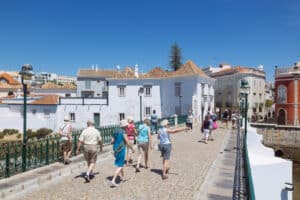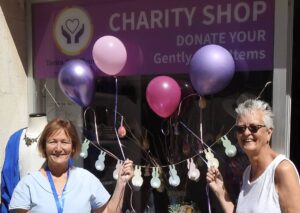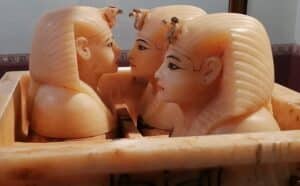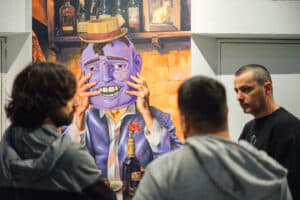
By SUE HALL news@algarveresident.com
The March talk by the Algarve Archaeological Association (AAA) featured Catarina Viegas and was entitled ‘The Romans in the Algarve’.
Catarina Viegas, who is based at the University of Lisbon, spoke in English and gave an informed and detailed talk aided by excellent slides. Her studies, which formed her PhD, focused on just a small part of the pottery found in the Eastern Algarve.
She told the group that from just those small fragments a vast story can be revealed, which uncovers a civilisation’s way of life, echoes of which can be sensed in the present.
She started her presentation by recalling an early pioneer of archaeology of the region, Estácio da Veiga. He was born in Tavira in 1828.
Some of the early finds from his excavations are still being researched, and part of Catarina’s teaching in the present day is to encourage and provide space for her students to explore these pottery finds, whilst developing the record of the Romans in the Algarve.
 |
She discussed three main areas of the Algarve region – Castro Marim, Torre de Aires (near Luz de Tavira) and Faro. The Roman names were Baesuris, Balsa and Ossonoba, respectively.
Estácio da Veiga explored the Roman ruins of Milreu, near Faro, thinking they belonged to the old Ossonoba. It was later that Ossonoba was recognised as being Faro and Milreu as not being so extensive, but still the ruins of a luxurious rural villa which was transformed into a farm in the third century.
In 1876, because of major flooding in the area, Estácio da Veiga was commissioned by the government to carry out investigations in the Algarve and the Lower Guadiana. Much of what was found throws light on the everyday habits of the Romans, what they ate, how they traded, who they worshiped and how they entertained themselves.
Some of the finds can be seen in Faro’s Museu Arqueológico, which is located within the beautiful 16th-century Convento da Nossa Senhora da Assunção. Inside is the impressive Roman mosaic depicting Neptune and the four winds, which dates back to the third century. There are also artifacts that were found in Milreu, which still has many mosaics in situ, depicting dolphins and large fish and other ocean life.
 Tavira-born archaeologist Estácio da Veiga |
Ruskin said: “Great nations write their autobiographies” in their deeds, their words and in their art. The greatest he considered was their art. And Kenneth Clark in his tome Civilisation pointed out that Greco-Roman sculptures, such as Apollo, “embody a higher state of civilisation”. Such art, he suggested, indicates that people were “conscious beyond the everyday struggle for existence”.
It is, however, the everyday existence that Catarina explored, which throws light on how people lived and traded.
Catarina spoke in detail about the numerous pottery amphora shards that have been discovered. The amphora was the container most often used to transport commodities, such as wine and olive oil. In the case of the Algarve, the amphora was mostly used to contain fish sauce (known as garum).
For the archaeologist, an amphora provides a lot of data. Ceramic shards of amphora are virtually indestructible. Chemical analysis can often date and indicate their place of manufacture. The seals and engravings, or painted marks, also provide data.
 |
en even more precisely, depending on where the shard was found or the wreck of the ship that contained it. Catarina shared a slide showing a map of shipwrecks, mostly along the Spanish coast, from which a range of pottery has been retrieved.
The Roman amphora often has names and numbers, which allow archaeologists to date and classify them by type.
The amphora with a flat bottom was used for wine, but in the Algarve the amphora was mostly used for fish sauce and was not flat bottomed. Its shape allowed them to be easily laid down and stacked in ships and carried across land.
What was apparent throughout the talk was that there is still much to uncover of the life of the Romans in the Algarve.
||Algarve Archaeological Association Talk
Malta and the Portuguese
Tuesday, April 2
Museu do Trajo in São Brás – 3.30pm
Convento de São José in Lagoa – 7.15pm
The next talk by the Algarve Archaeological Association is being presented by Pedro de Avillez and is entitled Malta and the Portuguese.
The Last Grand Masters (Heads of the Military Order of the Knights Hospitaller) were Portuguese and they constructed many of the fortresses and palaces that can still be seen in Malta. It was the Grand Master Dom Antonio Manoel de Vilhena (1722-36) who built Fort Manoel palace in Mdina, together with Verdalla, today the summer residence of the President of Malta. It was the Grand Master Pinto da Fonseca (1741-73) who declared the Order as Sovereign and made it accepted as such by the Vatican and other states.
Pedro de Avillez was educated in Lisbon and University of Paris. He has lived in France, South Africa, Mozambique, Angola, Britain, USA and Monaco. Being involved with the OECD, a banking career and corporate ventures, he now resides between London and Estoril. Today he runs a publishing company, specialising in Portuguese history of the 18th and 19th centuries.
There is an entrance fee of €6. Monies raised go towards grants to the students of Faro University to enable them to complete their studies and archaeological works within Portugal, but in particular the Algarve. On March 7, the AAA Committee committed themselves to paying out three grants within the next few months.
The first of these grants was to advance our knowledge of Iberian ship design during the European Age of Expansion (early 15th to early 17th centuries) through the archaeological studies of a Spanish patacho sunk off the southern coast of Portugal. Following a successful first campaign where a shipwreck was located, this year’s project goals are to follow through upon the previous discoveries.
The second grant will go towards understanding and analysis of all anchors in an attempt to classify and integrating objects of specific types. It will identify maritime activities in the Bay of Lagos.
The third grant will assist workshops of experimental archaeology on pottery production and use linked to the Bronze Age. Having in mind the explicit goals of the AAA in promoting Portuguese archaeology, this project clearly addresses a scientific area of archaeological research that has been lacking in Portugal.
30 years of archaeology in Algarve
The AAA have commenced their 30th year this year, making them one of the original associations founded in the Algarve by many nationalities joining together with a common goal, that of promoting archaeology by lectures and archaeological works.
The association welcomes new members. All lectures are presented in English.
917 267 948 |www.arqueoalgarve.org

